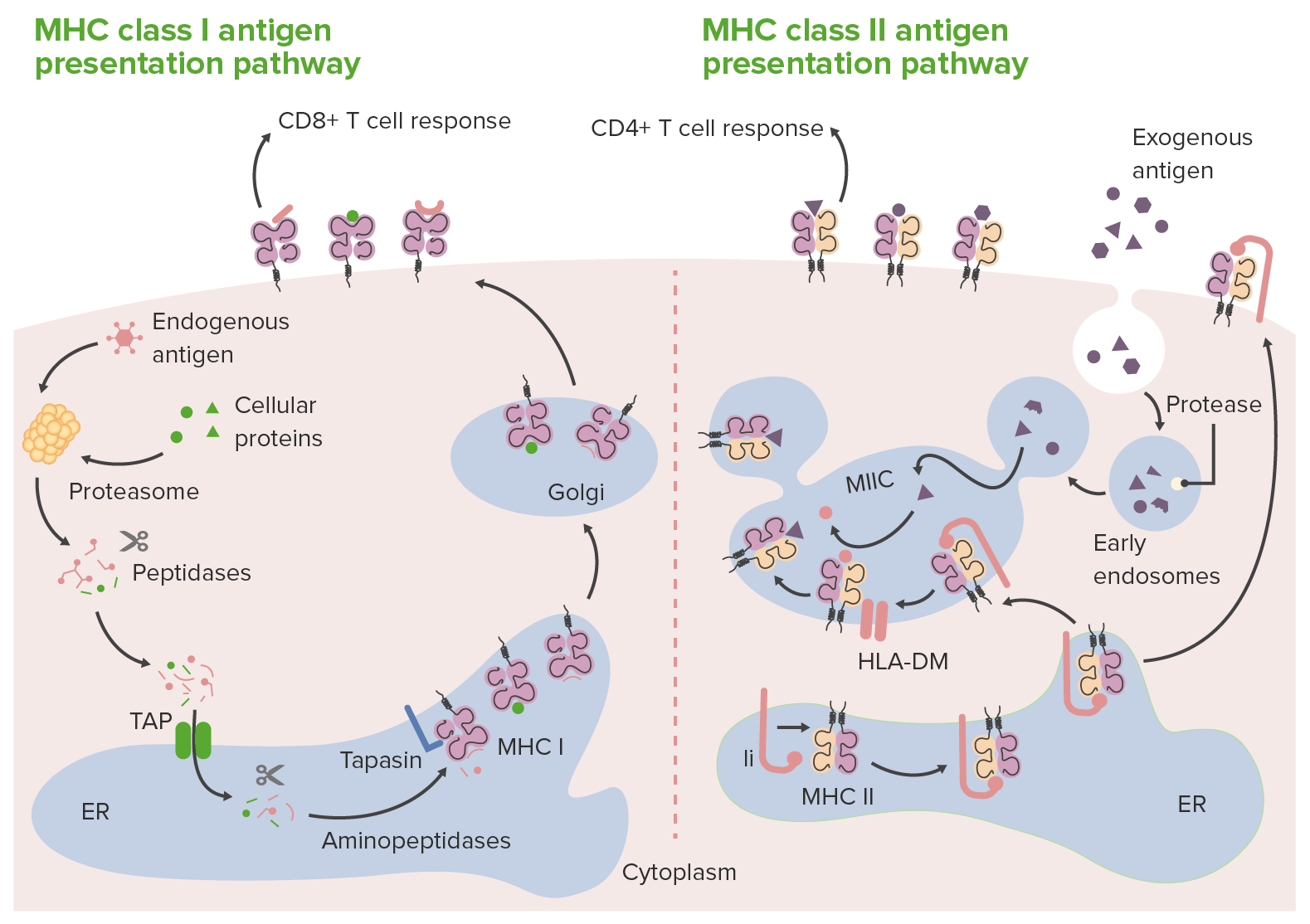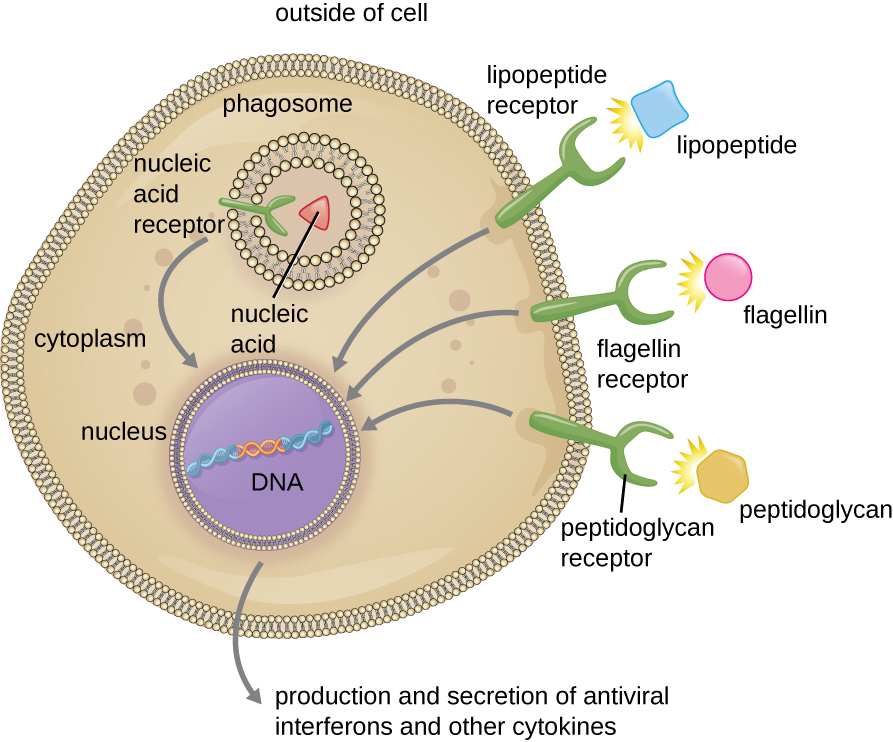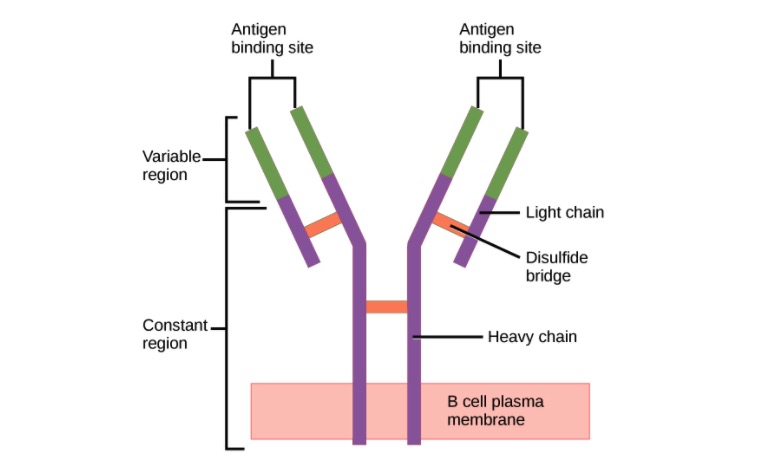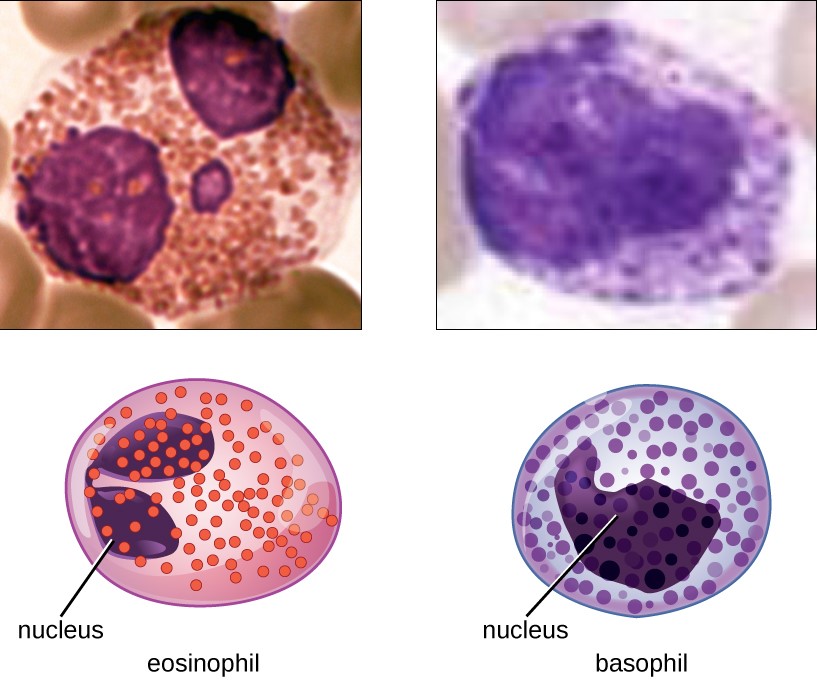Playlist
Show Playlist
Hide Playlist
Innate and Adaptive Immunity
-
Slides Basic Concepts of the Immune System.pdf
-
Download Lecture Overview
00:01 Okay, so kind of a big broad overview. 00:04 If at times zero here on the left hand side, we have some sort of injury or infection or damage, whatever, we will start with the innate immune response. 00:15 And the innate immune response is a number of kind of barriers and inflammatory components. 00:24 Notably too, on this slide, you'll see at the top, a microbe has come in and presumably started an infection. 00:30 I could also equally put in there a new allograft, a new heart, it would be the same pathways, or I could put up there, I could put a foreign body, a hip implant, it would be similar pathways. 00:44 Okay, but I'm just gonna be talking about microbes for now. 00:47 But keep in mind, it could be anything at the beginning. 00:51 The microbes first has to get past the epithelial barrier, that's part of the innate immune system. 00:57 And there are a number of proteins that are elaborated by epithelial barriers, that can be a first kind of barrier in the way of a microbial infection, there are a number of cells that are going to be important. 01:10 And these are going to be the phagocytes, neutrophils and macrophages that are going to be a very important part of the initial innate response. 01:20 There are also proteins as we're going to learn about complement proteins. 01:24 A series of over 20 different proteins that end up providing us with protective responses to pathogens. 01:32 And then one final cell type that doesn't always get mentioned is the natural killer cell or the NK cell. 01:39 And I've liken this to a very deranged person who has somehow got their hands on an AK-47. 01:46 If they do not see a friendly face, they will fire indiscriminately, so they can cause, they can very quickly eliminate some infections and potentially cause damage. 01:57 Those are our innate immune elements, and they are first on the scene. 02:01 And within the first 24 hours are pretty effective against 90, maybe 95%, of whatever trauma is going on and we never need to get the adaptive immune system into the fray. 02:13 But if they're not able to get things taken care of, then over the next days, the stage will be set for the recruitment and activation of the specific or adaptive immune system. 02:28 The top part of that are B lymphocytes, so they will be able to respond to antigen to proliferate and to make antibody. 02:38 And T lymphocytes, whether they're killer T cells, or helper T cells in the various helper T cell populations, they will be able to respond. 02:47 And then make cytokines to drive the effector functions of the innate immune system. 02:54 So it is a collaboration, it starts first with the innate immune system. 02:59 And if they're not able to finish the job, they set the stage and instruct the adaptive immune responses that will follow. 03:07 Now, there's also feedback the other way. 03:10 So the adaptive immune response is very good. 03:12 It's incredibly selective, we can generate 10 to the 10th different antigenic specificities. 03:20 That's pretty remarkable. 03:23 It's specific, but it's not entirely completely powerful. 03:28 And the way that the two systems work in, in synchrony together is that the adaptive immune system will rely upon the innate immune system to provide the heavy lifting, to do a lot the bulk of the, of the microbial destruction, for example. 03:47 So what's been shown up here now, in the upper left corner, is kind of the activation of complement that occurs at a very low level, but at a reasonably good level for most pathogens. 04:00 And that occurs through interactions with bacterial cell wall components. 04:05 So the bacteria is that little green thing, and now we've killed it by binding compliment, that occurs at some efficiency, it's not great, it's not bad. 04:13 It's not terrific, however, if we bind antibody first. 04:17 So the little green antibodies, if we bind antibody made from AB cell first to that microbe, we get much, much, much 10 to 10,000 fold better activation the complement. 04:33 And when that occurs, we get a much better bang for our buck. 04:37 So it's the same pathways. 04:39 It's the same complement activation, but it's just much more efficient if we have an antibody bound first. 04:46 Similarly, for the cellular components, so macrophages at a reasonably good level will ingest recognise and ingest phagocytized and degrade microbes. 04:58 But I can do that 10,000 times. Better if I activate a T cell and it makes cytokines such as interferon gamma that will drive the macrophages to do their job better. 05:09 So, the innate immune system comes first, handles the majority of the cases. 05:16 If it doesn't complete the job, it then sets the stage for the adaptive immune system and even instructs the adaptive immune system about whether it's going to make more antibody or more cytotoxic T lymphocyte response. 05:29 And then once the innate immune system has set the stage, the T cells and the B cells are on board and they're starting their activity. 05:38 They in turn, cross talk back to the innate system to do the heavy lifting. 05:44 So with that broad overview, hopefully I've whetted your appetite. 05:48 You're going to be very excited about hearing about immune mediated injury and we will move on.
About the Lecture
The lecture Innate and Adaptive Immunity by Richard Mitchell, MD, PhD is from the course Immune-mediated Diseases.
Included Quiz Questions
What is the first barrier that must be overcome by microbes to cause infection?
- Epithelial cells
- B lymphocytes
- T lymphocytes
- Natural killer cells
- The complement system
What cells are involved in the adaptive immune response?
- T lymphocytes and B lymphocytes
- Natural killer cells
- Epithelial cells
- Neutrophils
- Mast cells
What percentage of infections can be cleared by the innate immune response within 24 hours?
- 90%–95%
- 80%–85%
- 70%–75%
- 60%–65%
- 50%–55%
Customer reviews
5,0 of 5 stars
| 5 Stars |
|
5 |
| 4 Stars |
|
0 |
| 3 Stars |
|
0 |
| 2 Stars |
|
0 |
| 1 Star |
|
0 |








